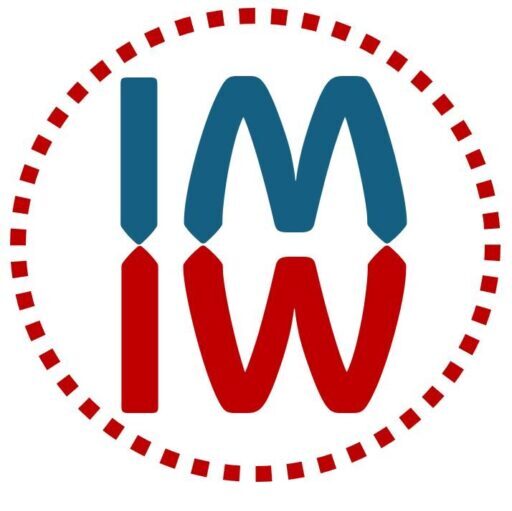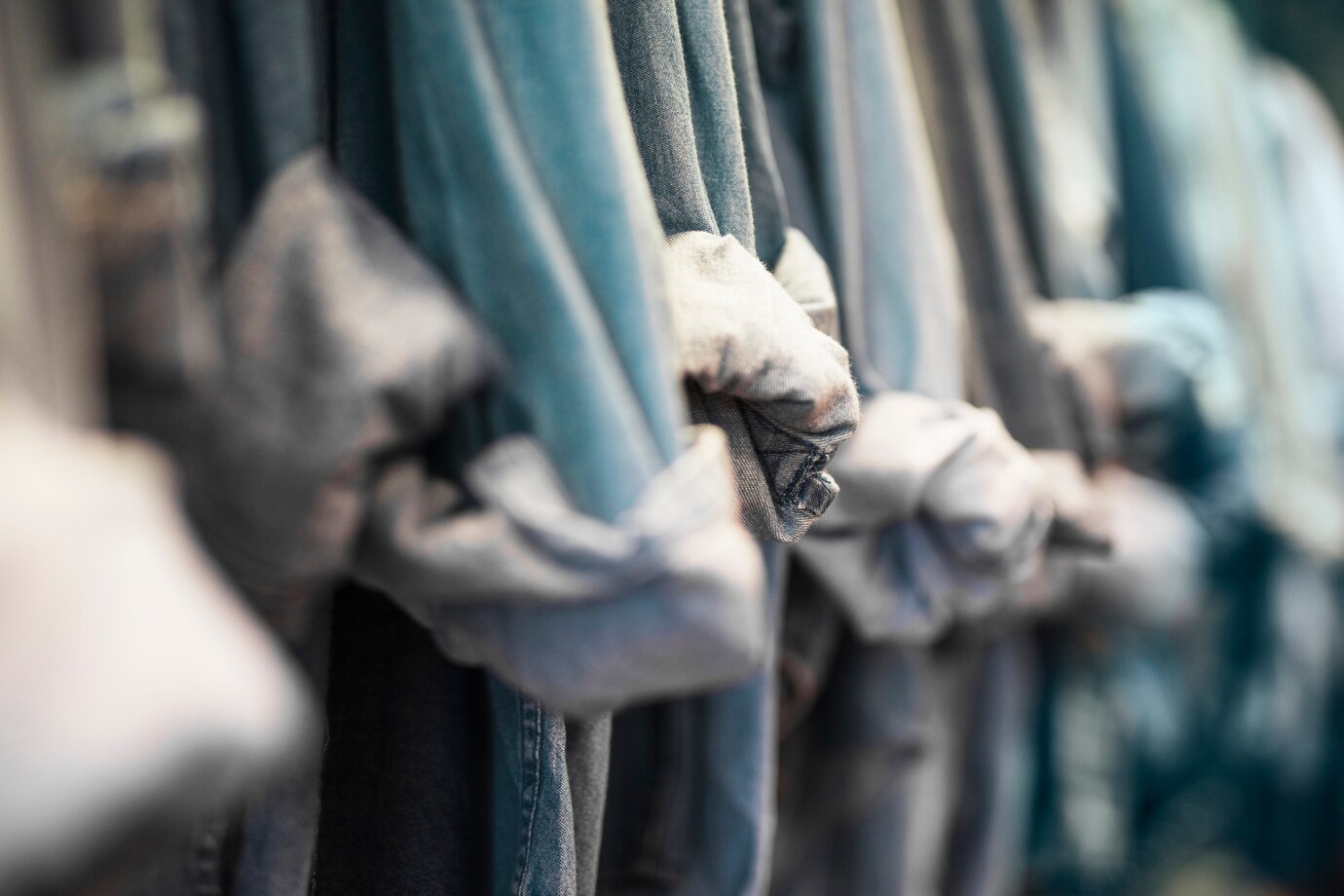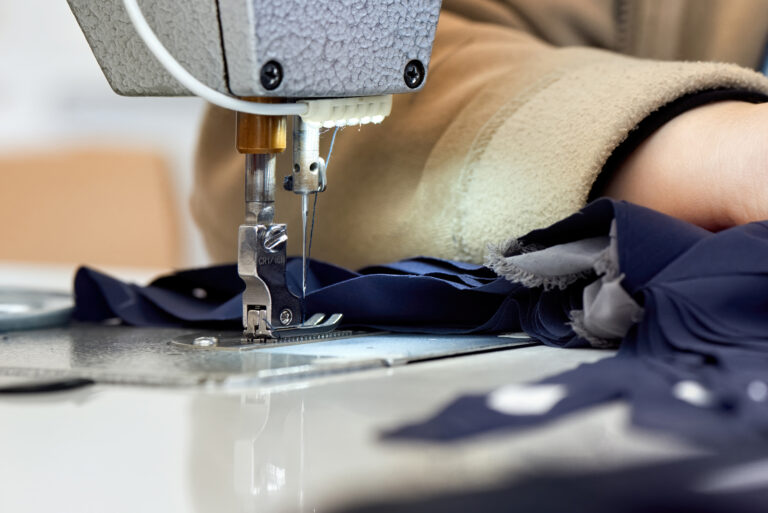The workwear industry has undergone significant advancements in manufacturing, particularly in the areas of performance and safety testing standards. These improvements ensure that workers are better protected and more comfortable, while manufacturers stay ahead of evolving regulations and technological advancements. Here’s an overview of some of the latest trends and updates that are reshaping the landscape:
1. Introduction of Smart Fabrics and Wearable Technology
With an increasing focus on worker safety and performance, the use of smart fabrics has surged in recent years. These materials can monitor various physiological metrics like body temperature, heart rate, and even fatigue levels. Some workwear now integrates sensors that provide real-time data, giving workers and supervisors vital information about their health and well-being in hazardous environments. Safety testing for these smart garments is becoming more sophisticated, ensuring they perform reliably under challenging conditions.
2. Stricter Standards for Flame-Resistant and High-Visibility Clothing
Flame-resistant (FR) clothing has long been a staple for workers in industries like oil, gas, and electrical. However, recent advancements in textile technology have led to the creation of more durable and breathable FR fabrics. The testing standards for these garments now include more rigorous checks for heat retention, durability after multiple wash cycles, and protection against arc flash hazards. Likewise, high-visibility workwear is being tested to ensure that workers are clearly seen from longer distances, even in low-light or poor weather conditions. This is especially critical in sectors like construction and transportation, where visibility can be a matter of life or death.
3. Improved Impact Protection and PPE Integration
Workwear isn’t just about clothing anymore – it’s about creating integrated Personal Protective Equipment (PPE) that works together to ensure safety. Advances in impact protection (such as reinforced knee pads, back supports, and shin guards) are now being combined with clothing to form a holistic protective solution. Testing standards for these garments are evolving to account for both comfort and the performance of impact-resistant materials under high-pressure scenarios. This ensures that workers don’t just have protection, but also the mobility and flexibility they need to perform tasks efficiently.
4. Sustainability and Eco-Friendly Manufacturing Practices
As the global focus shifts toward sustainability, the workwear industry is following suit. Manufacturers are increasingly required to meet eco-friendly certifications and ethical labor practices. This includes using recycled materials, reducing carbon emissions during production, and ensuring that the garments themselves are recyclable at the end of their lifecycle. New standards are emerging for testing these eco-conscious materials, ensuring they are just as durable and protective as their traditional counterparts while having a minimal environmental footprint.
5. Enhanced Weather Resistance Testing
As global climates become more unpredictable, workwear manufacturers are responding by designing garments that can withstand extreme weather conditions, from scorching heat to freezing cold. Testing standards for weather-resistant clothing now include assessments of performance in wet, windy, and extreme temperature environments. These garments must maintain their integrity and protect the wearer under such conditions without compromising on breathability or flexibility.
6. Advanced Ergonomics for Worker Comfort
The focus on ergonomics in workwear is stronger than ever. Modern workwear is designed not just for safety, but also for long-term comfort. Ergonomic testing is now a key component of garment standards, ensuring that workwear can support workers’ mobility, posture, and overall well-being. Garments are designed to minimize strain during long hours of use, with features such as stretchable fabrics, reinforced stitching, and tailored fits. This has led to more personalized workwear options that cater to individual body types and specific workplace requirements.
7. Compliance with Global Standards and Regulations
The regulatory landscape surrounding workwear is becoming more complex as countries update their safety standards to reflect new risks and technological advancements. In Europe, for example, the EN ISO 20471 standard has been updated to include better visibility criteria. Meanwhile, the U.S. is refining its ANSI/ISEA standards for high-visibility apparel. Manufacturers now face the challenge of complying with multiple international regulations to ensure their products are market-ready globally. This has led to the development of more robust multinational testing protocols, ensuring that workwear meets all necessary criteria across various regions.
Conclusion: Adapting to the Future of Workwear
As the workwear industry evolves, so too does the importance of safety and performance testing standards. From smart fabrics to sustainable practices and stringent regulatory compliance, the goal is clear: to provide workers with the best possible protection without compromising comfort or performance. Whether it’s designing garments that can withstand extreme weather, integrating new technologies, or improving mobility, manufacturers are pushing the boundaries of what workwear can do.






